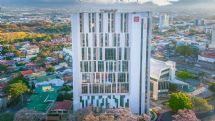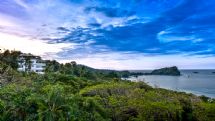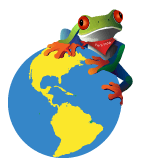Conservationists work to protect the great green macaw
A pair of Great Green Macaws
One of the many reasons tourists flock to Costa Rica is to see the abundant and beautiful wildlife. Among the many unique birds and animals that make Costa Rica their home, the great green macaw is one of the most spectacular. Costa Rica conservation efforts have recently been focused on protecting this colorful and endangered bird.
Great Green Macaw Facts and Figures
This macaw is native to Central America and the northern areas of South America. It is the largest parrot in its habitat, averaging 2.9 pounds and reaching up to three feet in length. Its markings are what truly set it apart. They are primarily a vibrant green color with a red forehead and brownish-red tips on the tail feathers. Pale blue feathers mark the lower back, upper tail, and rump feathers. There are can also be blue tips on the wings.
The great green macaw is highly dependent upon one tree for food, the swamp almond tree. While they will eat the fruit and nuts of other trees, this one is their favorite and plays an important role in their diet. The macaws crack the nuts of the swamp almond with their bills to eat the nutritious nutmeats inside and will move through the forest to follow the nuts as they ripen. The trees also provide shelter and nesting space for young macaw chicks.
Provided they have enough range to gather food, great green macaws can live to 60 years old in the wild. Their habitat is in danger, however, because the swamp almond tree is being harvested for its high-quality wood. Farmland is also at a premium in Costa Rica, and forests are destroyed to grow pineapples, bananas, African palm, and other crops.
Conservation Efforts
An alarm was raised when a drop in macaw population was noticed between 1998 and 2000. This led to the establishment of the Maquenque National Park, part of the San Juan-La Selva Biological Corridor. The Biological Corridor is a connected chain of wilderness areas, beginning with the Central Volcanic Mountain range and running through the La Selva Biological Station, the Barra del Colorado National Wildlife Refuge, Tortuguero National Park, the Indio-Maíz Biological Reserve, Punta Gorda, and Cerro Silva. Its purpose is to protect the great green macaw and other Costa Rica wildlife as well.
Efforts such as this have allowed animals and birds to move freely throughout a larger range, giving them greater resources and chances for reproduction. The results have been encouraging, with a measurable and significant increase in the number of breeding pairs in Costa Rica and other regions.
Where To Find Them
Eco Tourism in Costa Rica is a boon to these intelligent birds. As more people around the world become aware of their amazing beauty, a desire to see the macaws in their native habit encourages protection efforts. Tourists can visit the national parks such as Maquenque and Tortuguero to find the birds in the lowland rainforest canopies.
There are a few steps tourists can take to improve their chances of spotting a macaw. They should get off the roads and trails and venture further into the wilderness. They can do this by kayaking a water course, for example, or staying at a bird-watching hotel, such as an eco-lodge, some of which are located in the national parks and refuges. This will put them in the heart of great green macaw territory.
When tourists make choices such as these, it rewards conservation efforts and makes protecting the land an economically viable choice for the people of Costa Rica. The future of the great green macaw is bright when governments, businesses, citizens, and tourists all agree that this wonderful bird is worth saving.
7 Days / 6 Nights
Starting at $978 per person
10 Days / 9 Nights
Starting at $1,440 per person




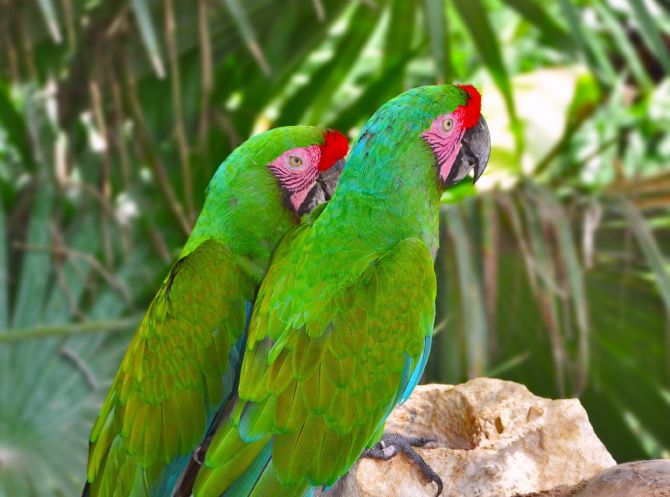
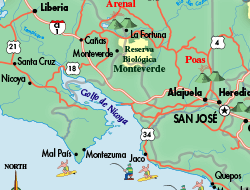
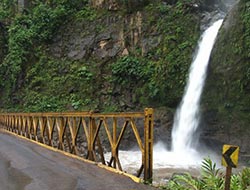
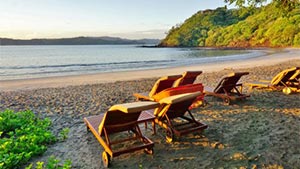
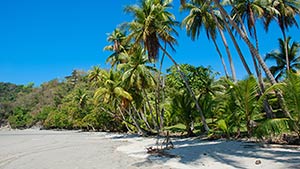
.jpg)
.jpg)
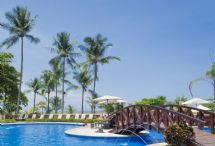
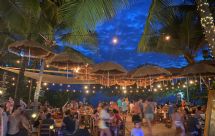
.jpg)
.jpg)
